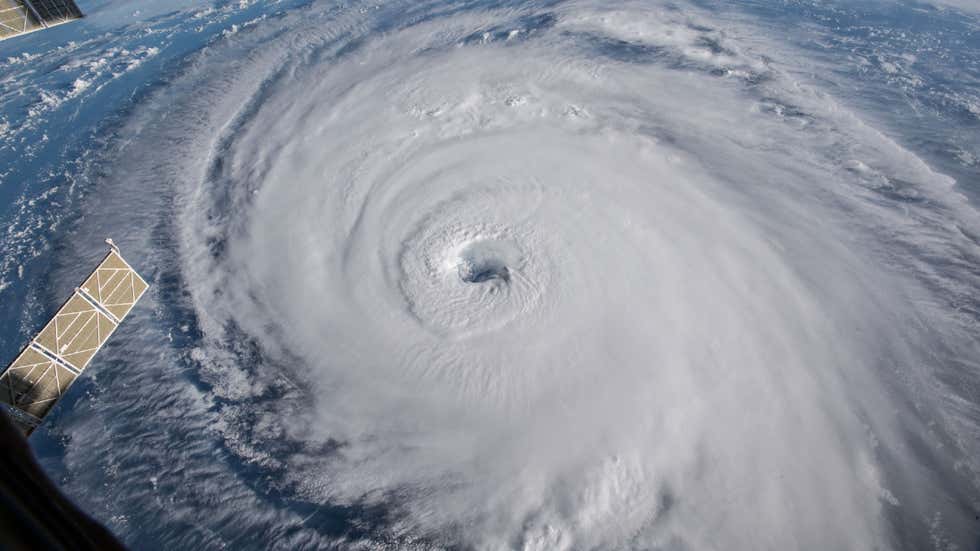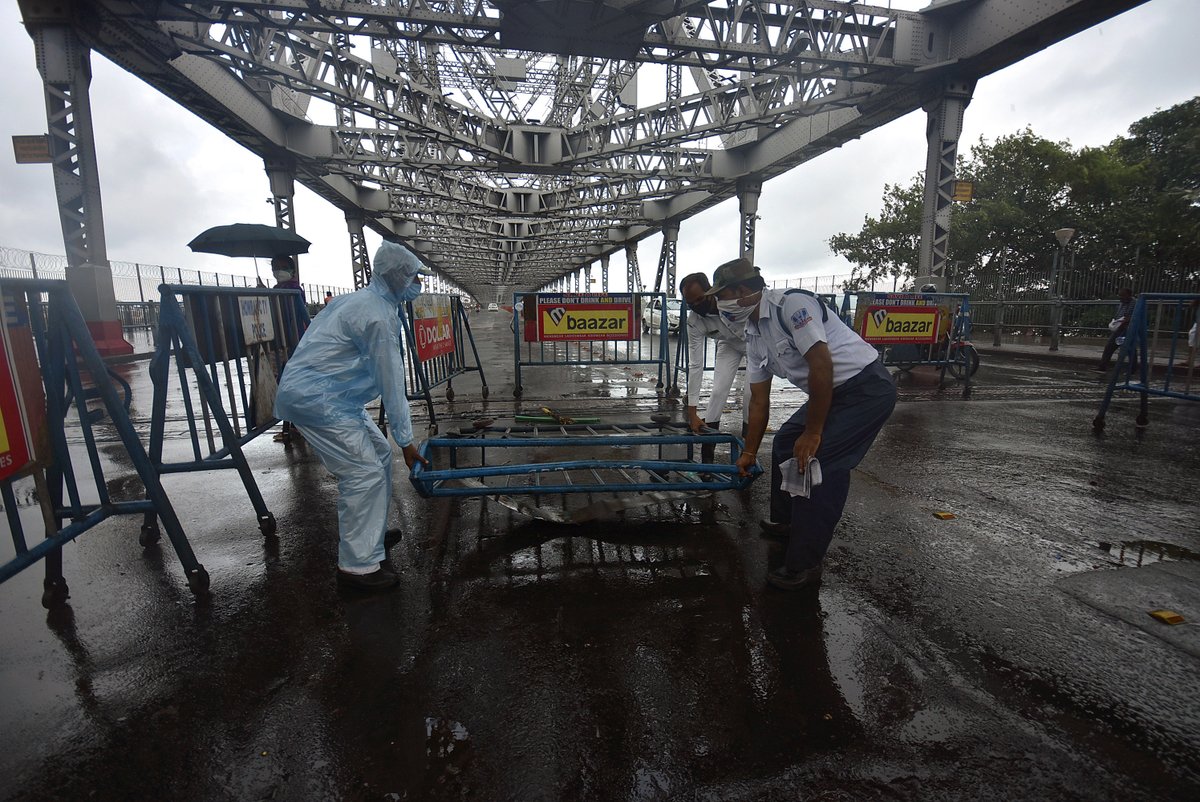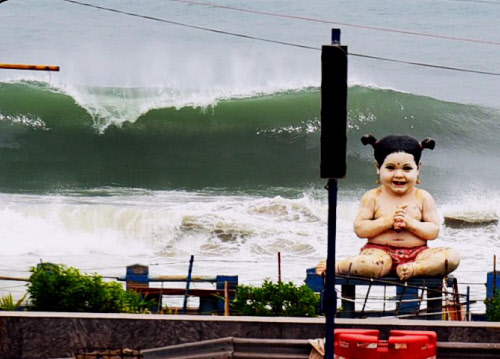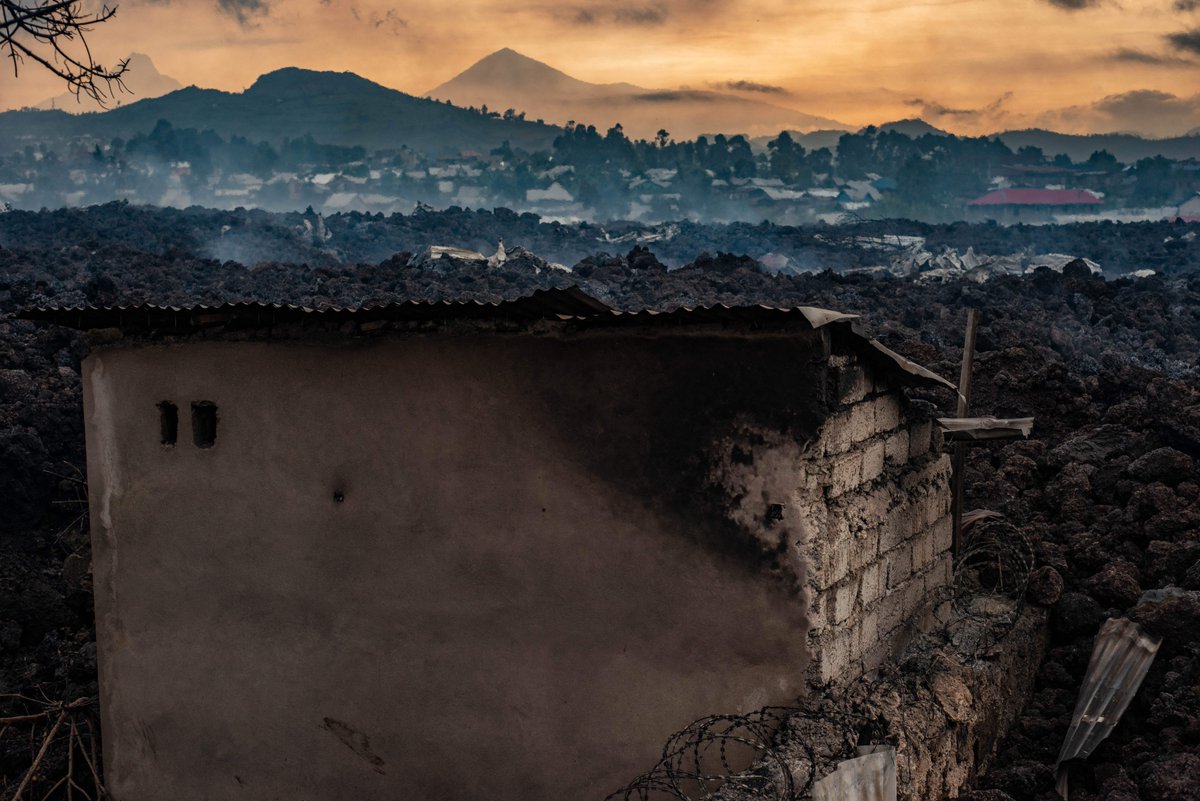
A History of Deadly Bay of Bengal Cyclones That Have Caused 80% of World's Cyclone-Related Deaths - By @deekshith_np
weather.com/en-IN/india/ne…
(📸: NASA/International Space Station)
weather.com/en-IN/india/ne…
(📸: NASA/International Space Station)

@deekshith_np On May 20, 2020, the Super Cyclone Amphan ripped through West Bengal killing 128 people and became the costliest cyclone on record in the North Indian Ocean after destroying properties worth ₹1 lakh crores.
#BayOfBengal #cyclone #CycloneYaas
#BayOfBengal #cyclone #CycloneYaas
@deekshith_np On May 3, 2019, Extremely Severe Cyclone Fani wreaked havoc across #Odisha and #WestBengal, killing 89 and causing nearly ₹60,000 crores in damages.
#BayOfBengal #cyclone #CycloneYaas
#BayOfBengal #cyclone #CycloneYaas
@deekshith_np Incredible progress has been made in terms of early warning, cyclone forecasting and disaster management. However, the increased intensity and frequency of tropical storms over the North Indian Ocean & their rapid intensification continue to pose immense challenges.
#BayOfBengal
#BayOfBengal

@deekshith_np “The #BayOfBengal hosts only 4% of the total tropical cyclones globally, but more than 80% of the fatalities to cyclones are from this region.” explains Dr Roxy Mathew Koll, a Climate Scientist at the Indian Institute of Tropical Meteorology.
#cyclone #CycloneYaas
#cyclone #CycloneYaas
@deekshith_np Year after year, the largest bay in the world continues to churn intense storms, living up to its reputation of being a cyclone hotbed and severely affecting the surrounding regions like India, Bangladesh and Myanmar.
#BayOfBengal #cyclone #CycloneYaas
#BayOfBengal #cyclone #CycloneYaas

@deekshith_np Historically, eight out of ten deadliest tropical cyclones in the world have originated over the #BayOfBengal. In fact, out of the 36 most deadly tropical cyclones in recorded history, 26 have been over the Bay of Bengal.
#cyclone #CycloneYaas
#cyclone #CycloneYaas
@deekshith_np One of the reasons for an unusually high number of deaths from the #BayOfBengal cyclones is the triangular shape of the bay, which acts as a funnel and causes massive storm surges.
#cyclone #CycloneYaas
#cyclone #CycloneYaas

@deekshith_np Moreover, the region vulnerable to the #BayOfBengal cyclones have an extremely high population density living at a relatively lower elevation because of the agricultural history of the region. This puts many people at risk when warnings and facilities prove inadequate.
#cyclone
#cyclone
@deekshith_np In addition to the pre-existing meteorological factors, the relentless rise in global average temperatures is further aiding the formation and intensification of more and more cyclones over the #BayOfBengal.
#cyclone #CycloneYaas
#cyclone #CycloneYaas
• • •
Missing some Tweet in this thread? You can try to
force a refresh


















